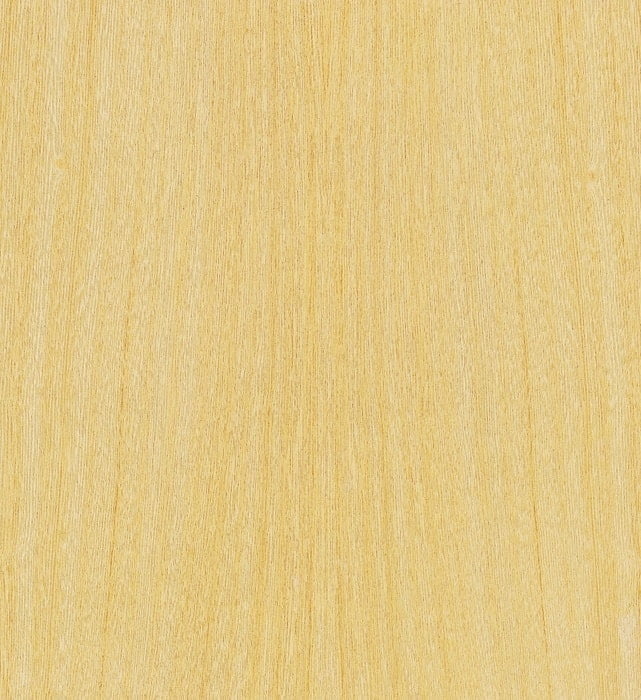koto

Trade names: Koto
Origin: Africa
Range: West Africa, from Lyberia through to the Ivory Coast, Ghana, Nigeria and Cameroon.
Uses: Sliced veneer used for door skins and inner surface veneers, rotary veneer used for plywood panels. It is used in the furniture industry more as a backing veneer. It is a moderately heavy, African wood, which is used in its light natural coloring – or by steaming tanned – in furniture construction and in the design of interior spaces.
Character: The wood is yellowish-white to cream in color and becomes more yellowish-grey when steamed. It is light-colored and matt glossy, partly with distinct pore, as well as accentuated mirror and flare structure. Koto is very good for printing and staining. The tree has branch-free strains up to 20 m and diameter up to 1.4 m. The sapwood is up to 10 cm and yellowish-white. There are only little difference to heartwood, that cross-sections appear often monochrome. Even after drying, the dried wood does not show a clear sapwood boundary. In order to maintain the structural image and the natural coloration, as far as possible, colorless, glossy or only moderately matte and non-yellowing preparations should be used.
Particularities: The Kokto is a new woods. The use of which has been widespread in a short time. In the case of light incidence on the yellowish-white to cream-colored wood, very interesting reflections are obtained.
Natural product wood
Wood is a natural product, which can has colour differences and growth-related irregularities. Deviations in structure and colour are a quality feature for real wood. Growth, colour, structure and grain are unique in every tree and make every Gerber Humidor unique!
Digital illustrations of the wood samples are always only indicative picture and do not provide a guarantee.
Not all woods are available at all times and suitable for every Gerber Humidor. Please do not hesitate to contact us for further information.
